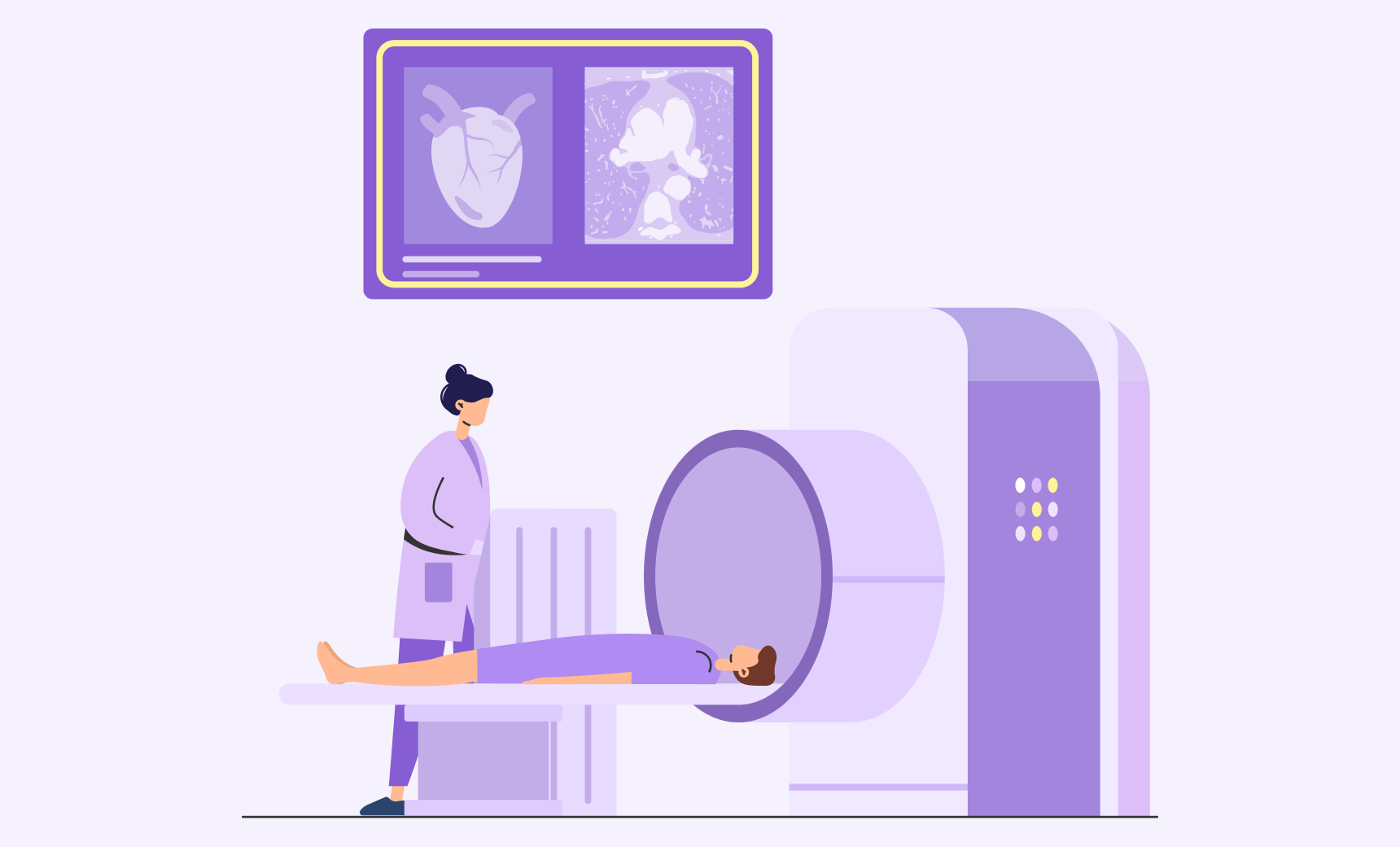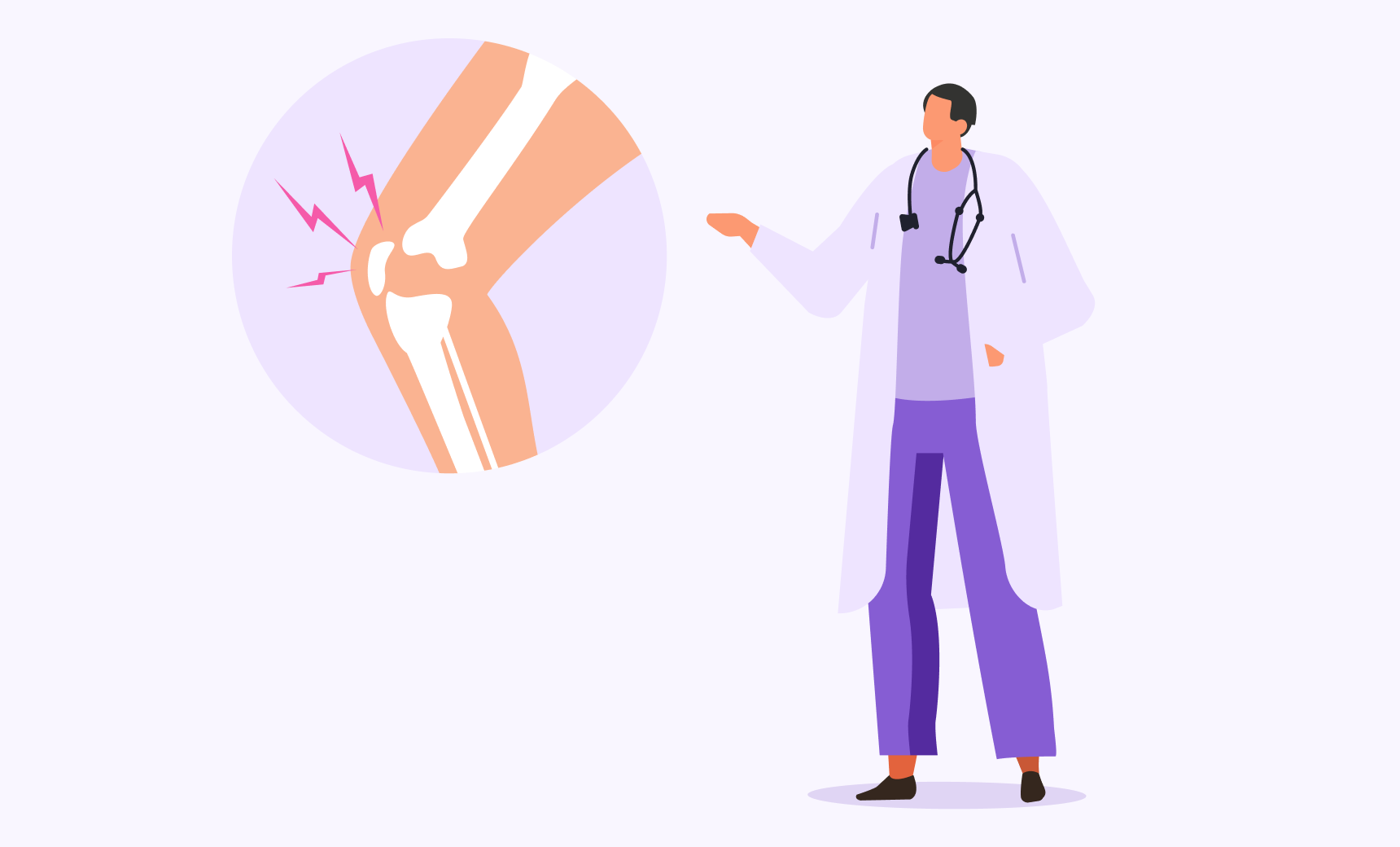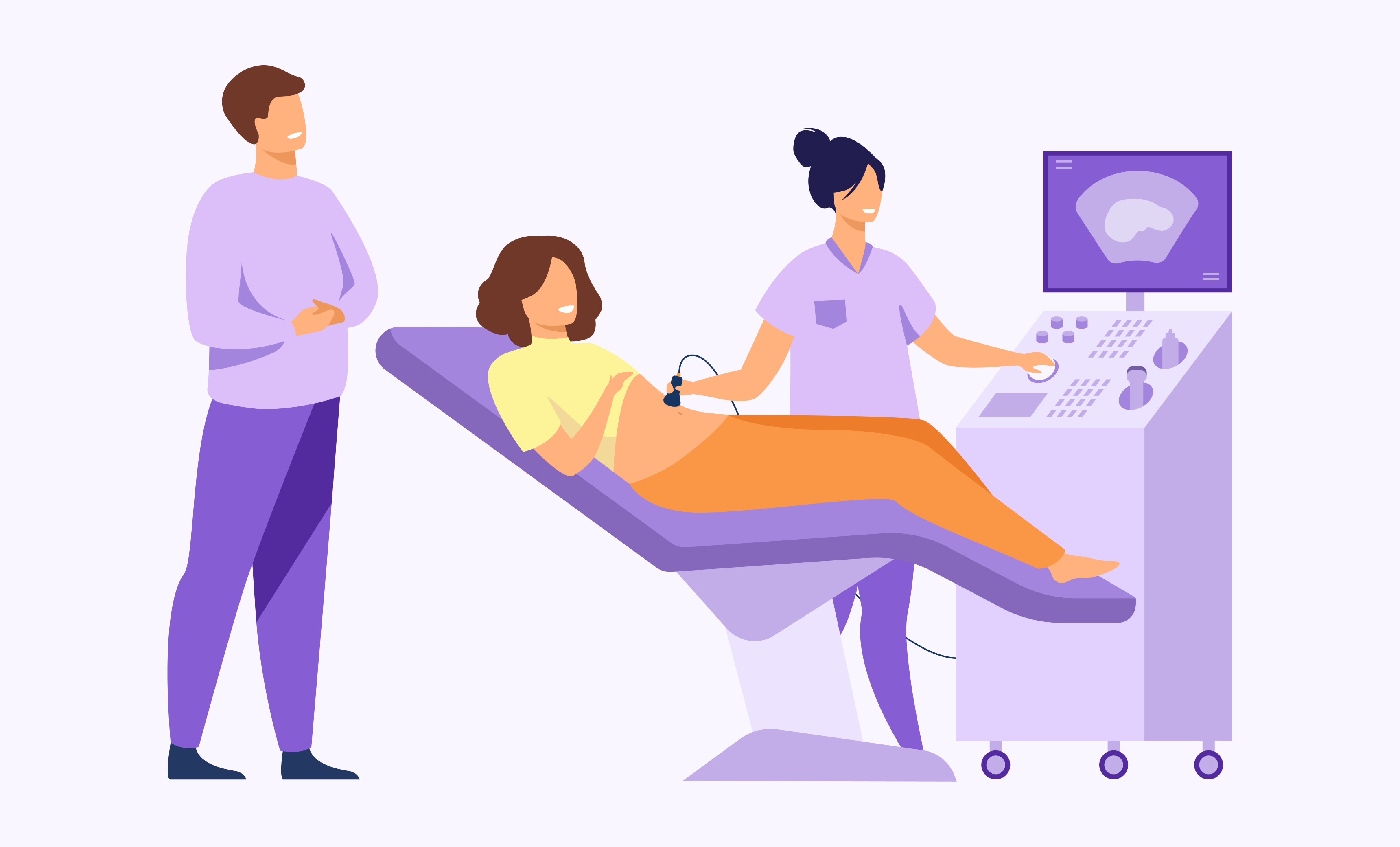
Signs and Symptoms of Diabetes
Diabetes is one of the prevalent diseases in America today, affecting approximately 10% of the American population. Considering that high fructose food is more readily available at more affordable prices than healthier foods and a strong genetic component, it’s difficult not to notice how much the disease affects everyday people.
Diabetes Mellitus is a metabolic disorder in the way the body regulates sugar uptake. Glucose uptake into cells requires insulin, a hormone produced in the pancreas. Therefore the mechanism in which the two types of diabetes manifests itself is the mechanism insulin is affected. Usually, after a meal, the pancreas releases insulin to regulate blood sugar.
Type 1 Diabetes
Usually occurs in younger patients like children. The cause is a lack of beta cells in the pancreas that produces insulin. The treatment is, therefore, routine insulin injections to replace what the body fails to make. Sometimes the condition can be auto-immune, where the body’s immune system attacks itself. We can measure this by determining if antibodies are present in the blood. Some of the antibodies seen in type 1 diabetes include anti-islet cell antibodies, anti-insulin antibodies, and anti-glutamic decarboxylase antibodies.
Type 2 Diabetes
Usually occurs in adults as a result of obesity. Unlike Type 1, in Type 2, the body doesn’t have a problem producing insulin but does have a problem at the receptor site where insulin binds itself. Glucose is unable to go inside the cells for energy when insulin binds itself to the receptor. Hence, Type 2 diabetes is often called insulin-resistant diabetes, non-insulin- dependant diabetes mellitus (NIDDM), or adult-onset diabetes mellitus (AODM).
Signs and Symptoms
Now that we understand what diabetes is and its causes, we can turn our attention to signs and symptoms of diabetes. The hallmark sign of diabetes is increased thirst and urination due to excessive glucose loss in the urine. Fatigue and weight loss also sign since adequate glucose is not providing the energy cells need to produce energy; therefore, energy levels are low.
Blurry vision and numbness in the toes and fingers can also occur due to increased glucose levels in the blood damage arteries in the eye and nerves that run alongside the streets. These conditions are called diabetic retinopathy and neuropathy. This pathological process is why diabetes is known as “The Silent Killer” because of the nerve damage that occurs at the small blood vessel and gradually expands if left untreated. This pathology can lead to silent heart attacks because nerve damage has taken place, and without nerves, pain cannot be sensed.
Other signs of diabetes are acanthosis nigricans, where darkening of the skin in the neck, armpit, and groin regions can occur with a velvety appearance and texture. Acanthosis nigricans occurs with severe hormonal imbalances that link to diabetes. Another sign is decreased healing from wounds since there is too much sugar in the bloodstream, delayed healing factors. Lastly, another significant sign of diabetes is frequent infections, particularly yeast infections. As you can imagine why this occurs, you guessed it, yeasts like sugar; therefore, those types of conditions occur more frequently than usual.
What Can I Do/Next Steps
Diabetes is a very complicated subject that has fields dedicated to its study and treatment. Testing, different treatment methods, and how it can affect pregnancy are just examples of how complex the subject can be. However, in light of the approaching holidays such as Halloween, Thanksgiving, Christmas, and seasonal affective disorder, there is usually an increased consumption of sweets. It can be forgiven how sugar can play a negative role in our bodies. The purpose of this blog is to help shed light on the iceberg concerning diabetes.
You can schedule a Hemoglobin a1c test with Labfinder. Hemoglobin a1c is glycosylated hemoglobin in your blood. In layman’s terms, it’s the hemoglobin that binds to sugar for a long time. This test functions to measure your sugar history. It also helps clinicians better understand your long-term diabetes status and see if patients are compliant with their diabetes medications.
LabFinder offers various medical tests with a secure patient portal that seamlessly integrates results from any lab or radiology imaging center in our system. Click to book your Hemoglobin a1c test.




Andy Alem
The LabFinder Editorial Team is behind The Illuminator and The Insider, LabFinder’s consumer and business blogs.
Dr.Robert Segal
Dr. Segal is CEO and co-founder of LabFinder, as well as a board-certified cardiologist. He began practicing medicine in 2002 and has founded several businesses, including Medical Offices of Manhattan and Manhattan Cardiology.